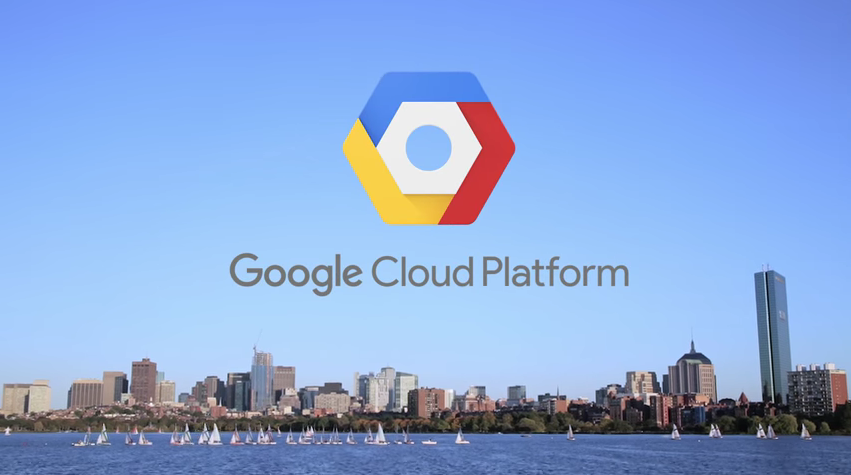 NEWS
NEWS
 NEWS
NEWS
 NEWS
NEWS
Google took the wraps off of its Stackdriver cloud monitoring tool at GCP Next 2016 in San Francisco yesterday, which allows IT managers to monitor traffic, notifications, and diagnostic functions on both the Google Cloud Platform (GCP) and Amazon Web Services (AWS).
Google acquired the technology for Stackdriver when it purchased the company of the same name back in 2014, when it was still devoted entirely to the AWS cloud. That explains why it still supports AWS now (making it a very valuable tool for firms that use both platforms) and why Azure was left high and dry.
Besides bringing all of these monitoring tools together, Stackdriver is also highly customizable, Google explained. For instance, if you know there are issues when your application has memory spikes as opposed to CPU spikes, you can create alerts that let you know when your apps are experiencing memory issues. The idea is that you will be able to react to problems before they get out of control.
Stackdriver’s logging capabilities allow you to search AWS and EC2 clusters from a single interface. Stackdriver also alerts users when an instance is near capacity, which is something Google’s new senior VP Diane Greene alluded to in her keynote when she said it’s up to vendors to help customers out with things like capacity planning, informing them when they’re going to need additional resources. Greene suggested that this burden shouldn’t be placed on customers, and Stackdriver is just the kind of tool to provide the insights she was talking about.
Google also touted Stackdriver’s “intelligent interface,” which automatically generates and displays useful performance metrics when you drill down into a problem in the logs.
Google has also made it possible to integrate code from its over cloud services into Stackdriver, which makes it possible to send logs to BigQuery for analysis and Google Cloud Datalabs for visualization, among other things.
All of this is bad news for Microsoft of course, whose number two cloud platform Microsoft Azure remains incompatible with Stackdriver. Sadly for Redmond, Google’s VP of cloud platforms Brian Stevens told The Register there’s no plan to integrate Stackdriver with Azure any time soon.
“We’ve made no decision on integrating Microsoft as yet,” he said. “When we reviewed our customer base for this, very few were running Azure, with most sticking to GCP and AWS. It’s more likely that we’ll focus on bringing virtual machine functions to Stackdriver before integrating Azure.”
Stackdriver is available in beta now, ahead of a full launch later this year. Pricing details have not yet been announced.
THANK YOU